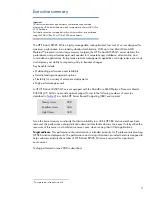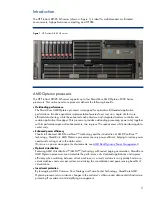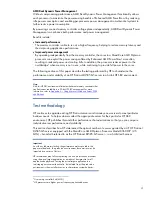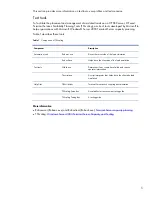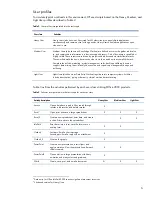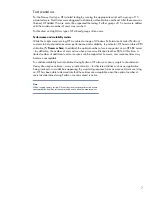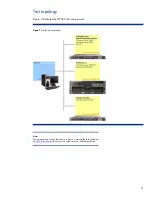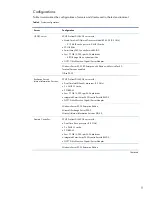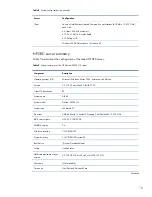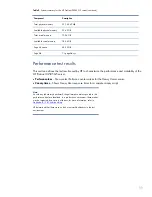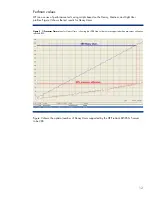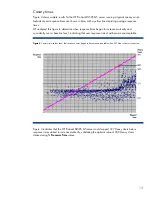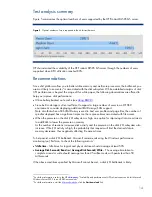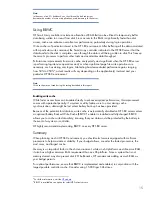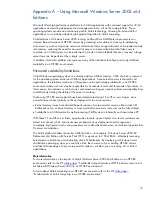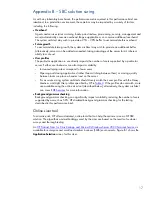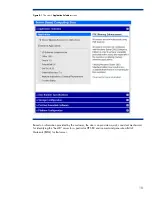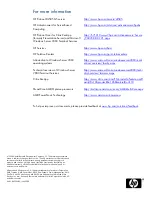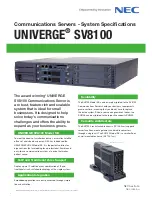
Test scenarios
For the Heavy User type, HP initiated testing by running the appropriate script with a group of 15
simulated users. Start times were staggered to eliminate authentication overhead. After these sessions
finished, HP added 15 more users, then repeated the testing. Further groups of 15 users were added
until the maximum number of users was reached.
For Medium and Light User types, HP utilized groups of ten users.
Performance and scalability metrics
While the scripts were running, HP monitored a range of Windows Performance Monitor (Perfmon)
counters to help characterize server performance and scalability. In particular, HP has monitored CPU
utilization (
% Processor Time
) to establish the optimal number of users supported on an HP SBC server
– by definition, the number of users active when processor utilization reaches 80%. At this time, a
limited number of additional users or services can be supported; however, user response times may
become unacceptable.
To validate scalability metrics obtained using Perfmon, HP also runs canary scripts to characterize
Heavy User response times – a very practical metric – for discrete activities such as an application
being invoked or a modal box appearing. By monitoring response times as more and more users log
on, HP has been able to demonstrate that these times are acceptable when the optimal number of
users (as determined using Perfmon counter values) is active.
Note:
When running canary scripts, HP considers user response times to become
unacceptable when they increase markedly over a baseline measurement.
7


